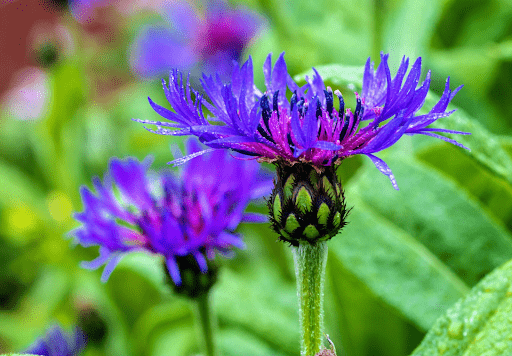Imagine having a garden that boasts not only the usual blooms and foliage but also rare and extraordinary plants that capture the imagination and stir curiosity. The allure of rare plants as outdoor additions to your garden can hardly be overstated. These unique and uncommon species not only add a touch of mystique and wonder to your outdoor space but also hold significant ecological and conservation value. From their intriguing forms to their ecological significance, rare plants can be a captivating and meaningful addition to any outdoor garden. So, let’s embark on a journey to discover the beauty and importance of rare plants as outdoor plants in your garden.
Plants to grace your outdoors
Corpse Flower (Amorphophallus titanum)
Known for its gigantic size and foul-smelling odour, the Corpse Flower is a rare plant that is native to Sumatra, Indonesia. Its striking appearance and unique flowering pattern make it a sought-after plant for many garden enthusiasts. Corpse flowers require warm temperatures and well-draining soil, and they thrive in partial to full shade. They can be grown in large containers or directly in the ground, and they make for a stunning focal point in any garden.
Titanopsis calcarea
This rare succulent, also known as the “Split Rock” plant, is native to South Africa and is characterized by its unusual appearance. It has thick, succulent leaves that resemble rocks with deep crevices, making it a unique and eye-catching addition to any succulent or rock garden. Titanopsis calcarea prefers well-draining soil and full sun, making it an ideal outdoor plant for arid or desert-like conditions.
Ghost Orchid (Dendrophylax lindenii)
The Ghost Orchid is a rare and elusive orchid species that is native to Florida, USA. It is known for its delicate, ghostly appearance with translucent petals and intricate patterns. Ghost orchids are epiphytic, meaning they grow on trees, and they require a specific type of environment to thrive. You can create a microclimate by mimicking their natural habitat for growth, such as by providing high humidity, filtered light, and proper air circulation.
Yellowwood (Podocarpus latifolius)
This rare evergreen tree is native to South Africa and is known for its striking foliage and unique growth habit. Yellowwood trees have dense, lush foliage with glossy, dark green leaves that create a stunning canopy. They prefer well-draining soil and can tolerate full sun to partial shade. Yellowwood trees can make for a majestic centrepiece in any garden or serve as shade trees for outdoor seating areas.
Western Underground Orchid (Rhizanthella gardneri)
This rare and intriguing orchid species is native to Australia and is unique because it grows underground, making it a truly unique addition to any outdoor garden. Western underground orchids require specific growing conditions, such as well-draining soil, shade, and a specific type of fungus, to thrive. Creating the right environment can be challenging, but the reward of seeing this rare orchid bloom underground is well worth the effort for avid plant collectors.
Maintaining the plants
Caring for rare outdoor plants requires attention to their specific growing requirements and conservation considerations. It’s important to source rare plants from reputable nurseries or conservation organizations to ensure that they are ethically obtained and are not contributing to illegal collection from the wild. Additionally, proper care and maintenance, such as providing the right soil, light, water, and temperature conditions and protecting them from pests and diseases, are crucial to their survival in your garden.
Conclusion
Rare plants can make captivating additions to outdoor gardens, providing unique beauty and conservation value. By carefully comprehending and catering to the unique growing needs of these exceptional species, you can actively participate in the preservation of rare plants. By taking these measures, you can not only enjoy these extraordinary plants in your own space but also contribute to their conservation efforts. Let us cherish and protect these precious plant species for future generations to appreciate and admire.



